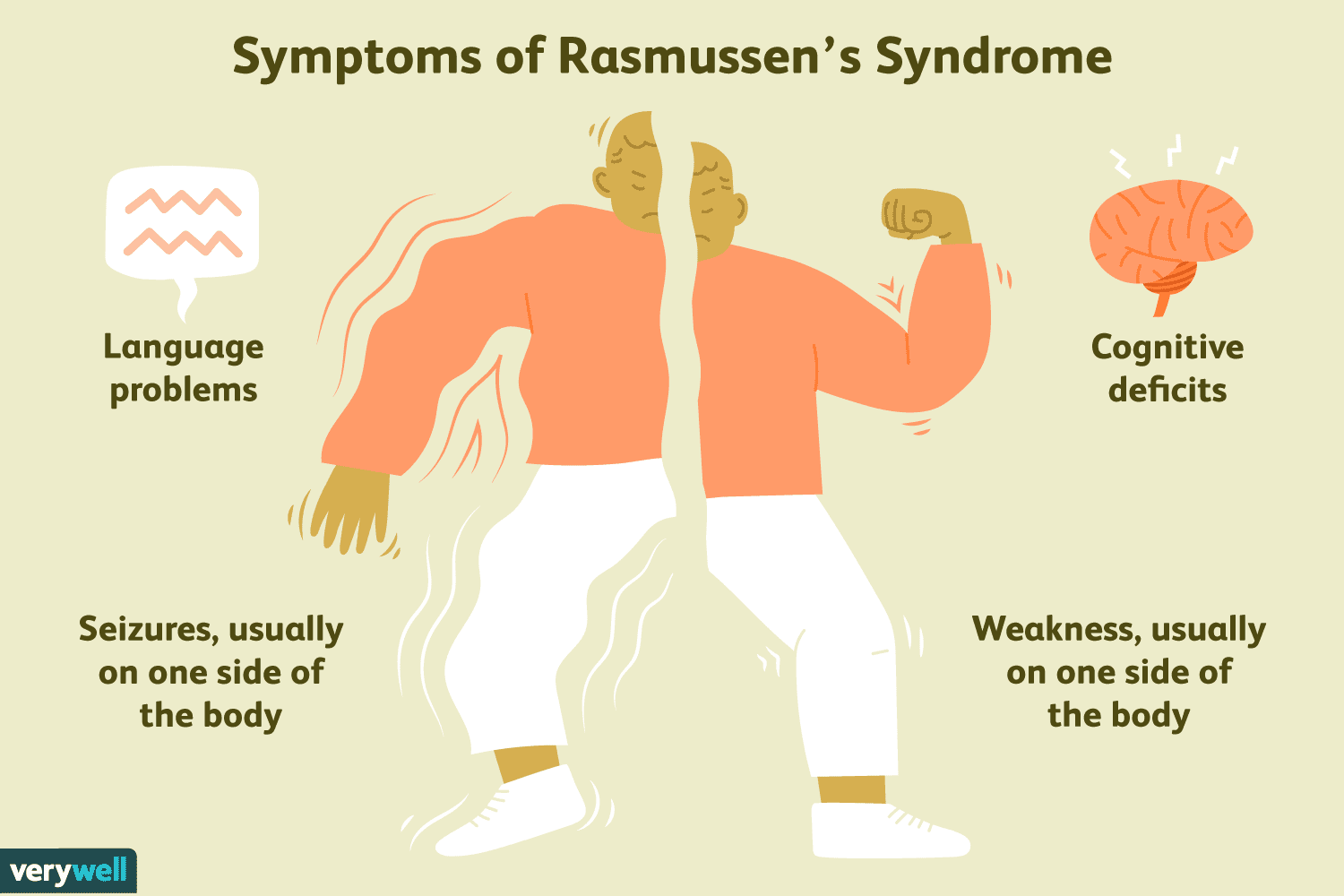





Copyright infringement not intended
Picture Courtesy: www.verywellhealth.com
Context: Brianna Bodley, a 6-year-old with Rasmussen's encephalitis, had half of her brain switched off through surgery to halt the disease and possibly provide a cure.
About Rasmussen's encephalitis
|
PRACTICE QUESTION Q. Consider the following statements: Statement 1: Rasmussen's encephalitis leads to temporary symptoms that resolve on their own without treatment. Statement 2: There are treatments available that can help manage the symptoms and slow the progression of Rasmussen's encephalitis. Which one of the following is correct in respect of the above statements? A) Both Statement-1 and Statement-2 are correct and Statement-2 is the correct explanation for Statement-1 B) Both Statement-1 and Statement-2 are correct and Statement-2 is not the correct explanation for Statement-1 C) Statement-1 is correct but Statement-2 is incorrect D) Statement-1 is incorrect but Statement-2 is correct Answer: D Explanation: Statement 1 is incorrect because Rasmussen's encephalitis leads to persistent and progressive symptoms due to brain damage; it does not resolve on its own. Statement 2 is correct because while there is no cure, there are treatments available to manage symptoms and slow down the disease's progression. |






© 2026 iasgyan. All right reserved